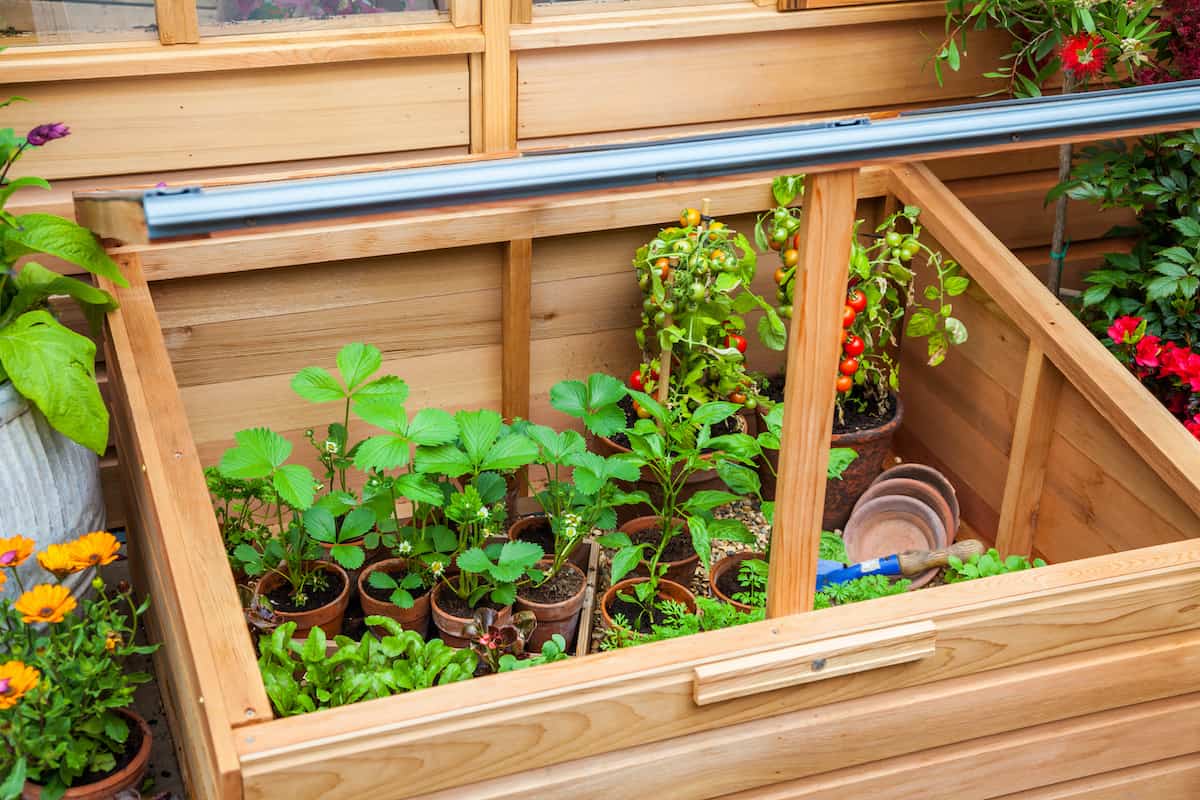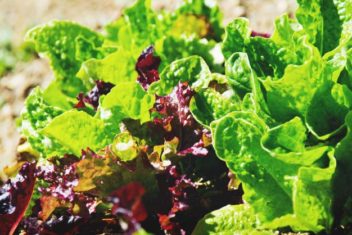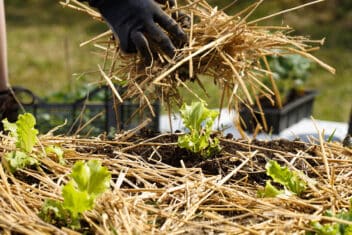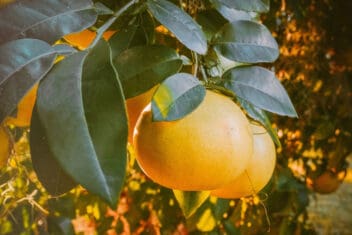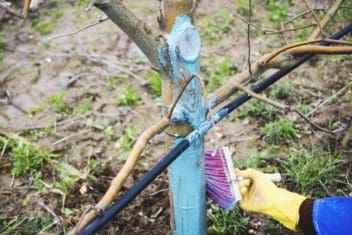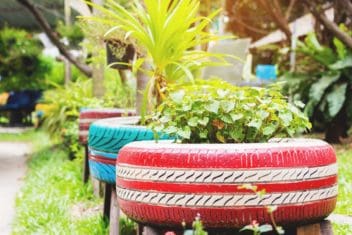I don’t know about you, but I wish my growing season was longer. I want more time to grow fresh vegetables for my family. By using a variety of season extenders, a longer growing season is totally possible for most gardeners.
Using season extenders is just one step involved in having a nice, long growing season. If you’re selecting the right plants for your zone and planning smart crop rotation, the next step is to plot your extenders.
Here’s everything that you need to know!
What is a Season Extender?
You can think of a season extender sort of like a winter jacket for your garden. The goal is to protect your plants from the cold weather by performing two crucial functions:
- Trapping in heat from the sun to keep your plants and soil warmer as the temperatures outside dip down.
- Protect your crops from the wind and snow, creating to a micro-climate in your garden.
7 Season Extenders for Your Fall Garden
You have several options for fall season extenders; here are the most common ones. You might want to have one or more than one in your garden, depending on what you’re growing!
1. Old Bed Sheets
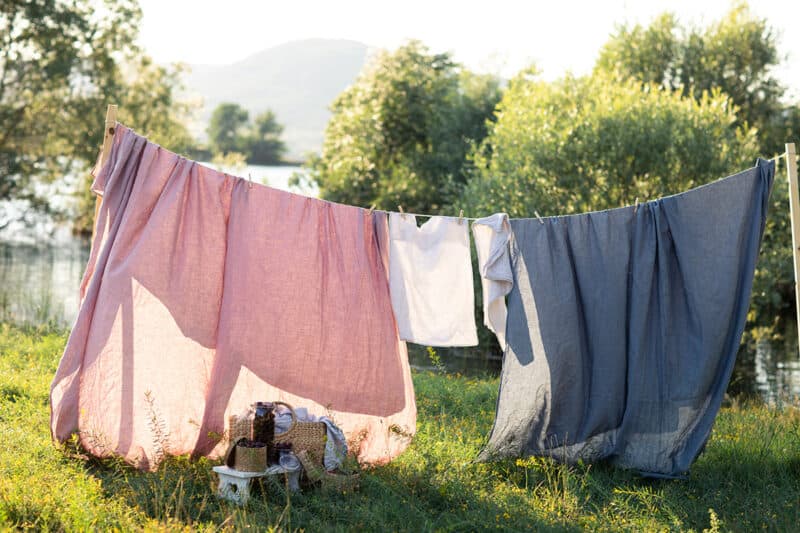
The first option isn’t a long-term solution, but if you’re facing an early-season frost and aren’t prepared to harvest (or don’t want to harvest) your crops, tossing an old bed sheet over your garden beds is a classic move.
Bed sheets are thick, so they don’t allow as much airflow or water to go through, but they do protect the crops from the cold weather, in particular, the frost.
Make sure you secure the bottom of your bed sheet with rocks or weights. Another option is to shovel dirt over the edges.
The last thing you want to do is chase a flying bed sheet down the road.
The Problem with Using Old Bed Sheets
It’s easy to spot the problem – bed sheets aren’t a solution that can add weeks onto your growing season. They’re using for rogue frosts or when the temperatures dip down a bit too low for your comfort zone, but that’s all you should use them for.
2. Cold Frames
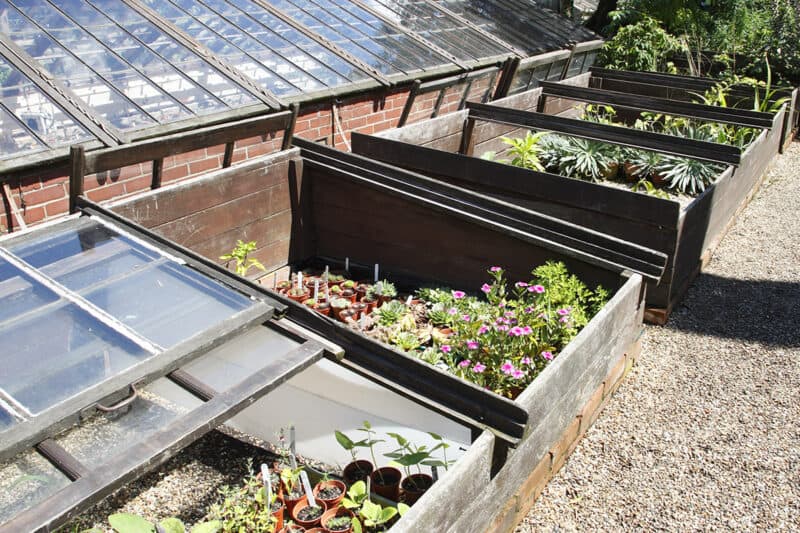
Adding cold frames to your garden is simple. They look like a small raised garden bed that is covered by either glass or plastic. The glass or plastic is often attached with a hinge to make an easy-to-lift door.
You can just lay a piece of framed glass or plastic over the frame, as well.
The design is quite simple, and all you do is flip the frame open when the weather is warm (or remove the door entirely during the summer) and close it when the weather is cold.
You can build one of your own using construction scraps.
Cold frames work well to trap in the heat, so you can grow vegetables, especially greens, for weeks after the final frost date in your region.
The Problems with Cold Frames
Cold frames aren’t a good solution for everyone. A few problems to consider are:
- They can be costly to build.
- You won’t be able to grow too much in them due to limited growing space.
- It’s hard or close to impossible to move cold frames to a new location.
3. Floating Row Covers
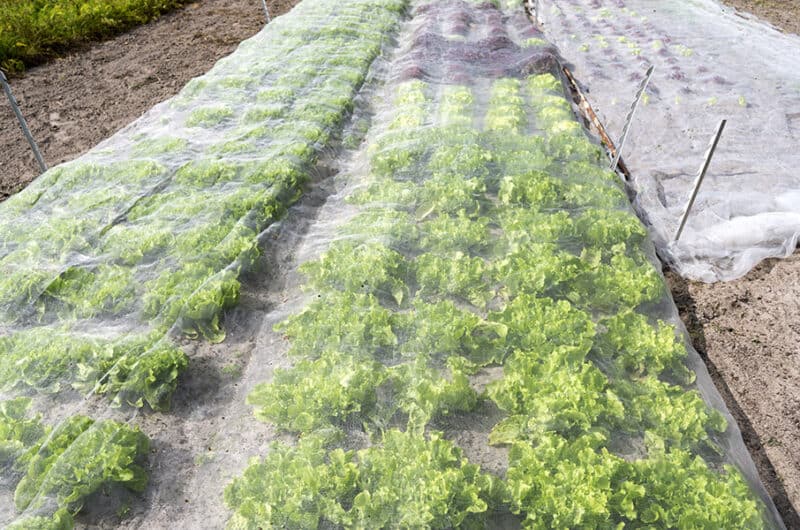
You can buy floating row covers online or at your local garden nursery; these covers are crafted with spun polyester. Floating row covers let rain and air to penetrate the dirt, while at the same time, keeping it warmer inside.
The goal of a floating row cover is simple. It traps heat while offering protection from the cold weather, wind, and pests.
You can buy different degree gradings of row covers. Some can be used year-round because they allow most light and water to penetrate while keeping out pests.
In addition to acting as a season extender, this can be a fantastic option if you struggle with pests destroying your crops.
A frost cover is a heavier row cover that is specifically designed for colder weather and snow. If you opt to use a frost cover, the temperatures inside of the cover can be up to 10 degrees higher than the outside temperature. That might not seem like a lot, but it can surely help!
The Problems with Row Covers
The biggest problem with row covers is keeping them in place. It’s easy for the wind to lift the corners, and before you know it, the cover is flapping in the wind.
You have to be cautious and keep the covers in place with either clips, sandbags, stakes, or something else that’s heavy.
4. Greenhouses
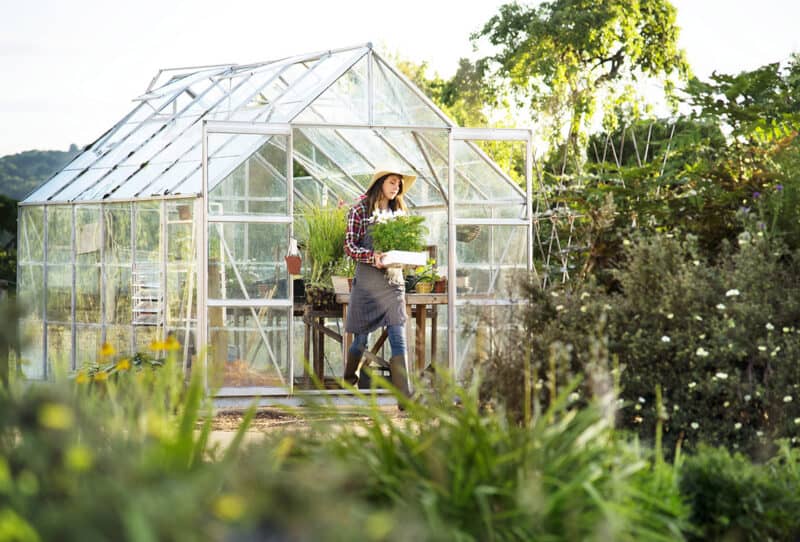
A greenhouse can be a fantastic investment for those who garden a lot. Greenhouses can either be heated or unheated, and they come in many sizes. You can be crafty and make them out of a variety of materials, such as wood, glass, or metal hoops with greenhouse plastic.
While greenhouses are expensive, you can do a lot with them!
The Problems with Greenhouses
You probably know that greenhouses aren’t cheap. They can cost thousands of dollars, and that’s not always feasible for everyone’s budget.
Also, once you pick a location for your greenhouse, it has to stay there. They’re not easy to move, especially if you lay flooring.
5. High Tunnels
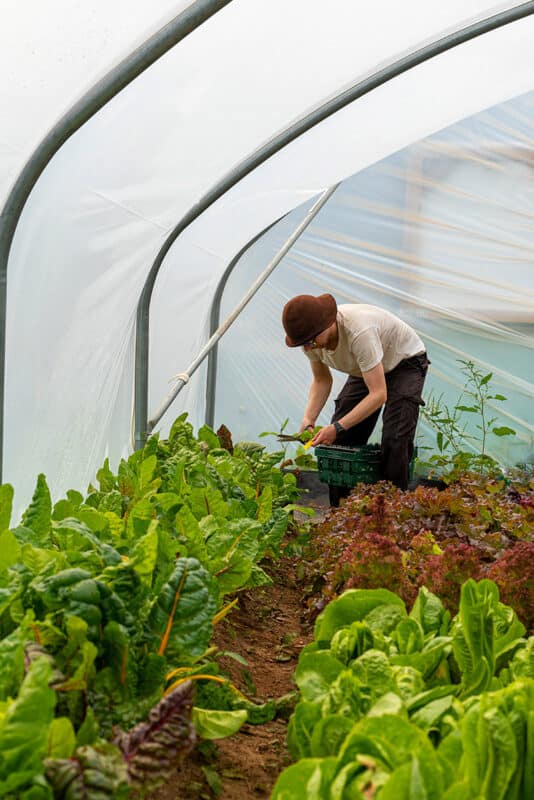
A high tunnel is a type of greenhouse made with metal hoops and plastic. Unlike low tunnels, high tunnels have plenty of headspace, so you can walk freely inside.
One difference – though not always – is that a high tunnel sits over the ground, and many greenhouses have floors. A greenhouse can grow full-size plants, but most people use them for starting seedlings that will eventually go outside.
A high tunnel is where you grow the crops inside without planning to move them, and the plastic helps to absorb the heat during the day but keeps it warm at night.
The Problem with High Tunnels
If you don’t have enough space, a high tunnel won’t be a practical choice for season extenders. Small-scale gardeners should stick with low tunnels, cold frames, or row covers.
High tunnels are pricey (but not as pricey as greenhouses) and take up a good amount of space.
6. Low Tunnels
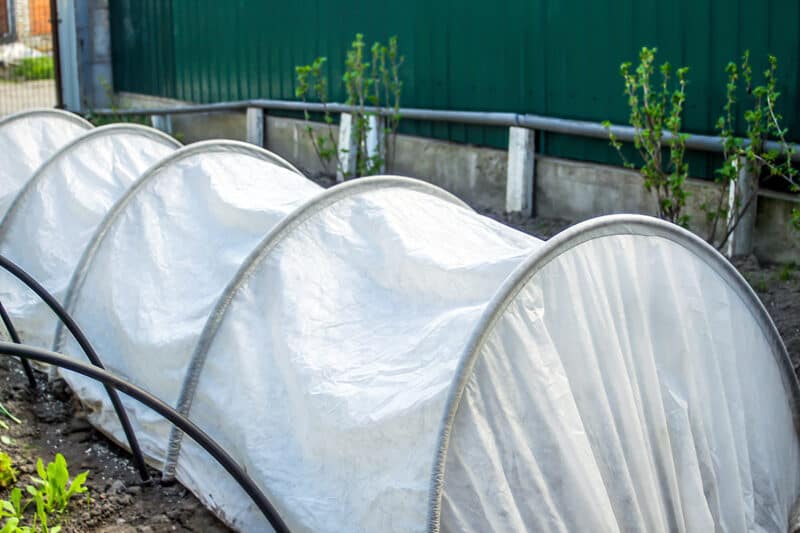
Low tunnels are like small versions of high tunnels, but you sit them over one or two garden beds. Low tunnels are closer to the ground, so you cannot walk through them.
You can either use metal hoops or PVC pipes and wrap them in either plastic or floating row covers. Then, use clips or clamps to hold the fabric on the hoops.
When the temperatures dip lower, you can add several layers of fabric to increase the protection. Gardeners as high as Alaska and Maine can use low tunnels to protect their plants.
The Problems with Low Tunnels
While low tunnels might be one of my favorite options, they do have some negatives.
I tend to forget to ventilate the tunnels by removing the fabric now and then, and that can be a bit of a pain in the butt.
The biggest negative is the same problem as row covers – they need to be secured tightly or they’ll blow off in the middle of a storm. If the storm comes at night and the cover blows off, your plants will likely die when exposed to those temperatures.
7. Cloches
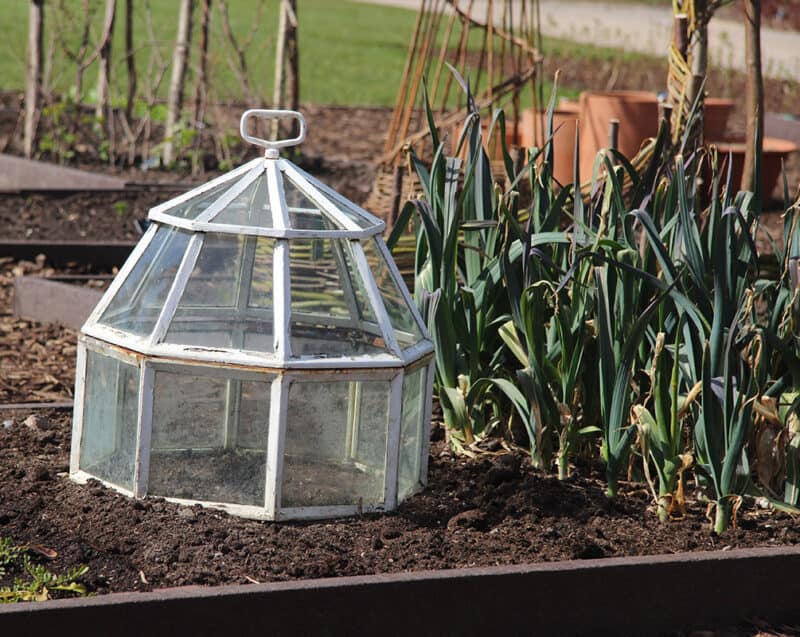
If you only have a few plants that you want to cover, a cloche is a great choice. Cloches cover just a single plant. Some people use glass jars or buy glass cloches. You can make DIY cloches from plastic milk jugs or even the rubber totes that you use to store clothes or other goods.
The Problem with Cloches
For large-scale gardeners, cloches won’t work well. If you have tons of plants cloches will quickly exceed your budget.
There is also the risk of overheating. You have to remember to take off the cloches depending on how warm it is each day. Other types of season extenders are easier to ventilate.
Using Season Extenders
If you want to grow more vegetables but the temperatures start to dip lower, try using season extenders in your garden. Season extenders keep your garden plants warmer than the outside temperatures, letting you grow veggies longer each year.
